Chinese Cuisine Categories
Explore China's eight major culinary traditions, each with distinct flavors, techniques and ingredients that reflect the geography, climate and cultural heritage of their regions.
The Eight Culinary Traditions of Chinese Cuisine
Chinese cuisine is incredibly diverse, with variations across regions developing over thousands of years. The "Eight Great Traditions" (八大菜系) represent the most influential regional cooking styles in China. Each cuisine has unique characteristics shaped by local climate, geography, history, and cultural practices.
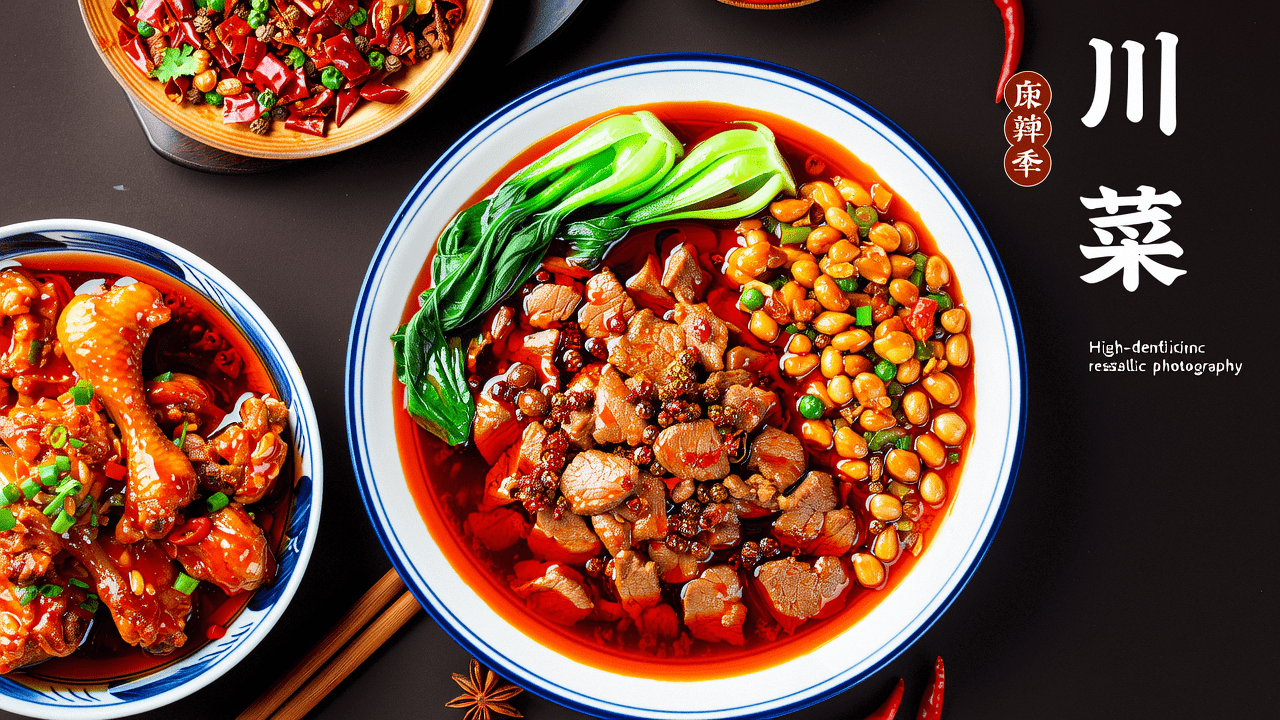
Sichuan Cuisine (川菜)
Origin: Sichuan Province, Southwestern China
Known for its bold flavors, particularly the distinctive numbing and spicy taste (麻辣, málà) created by Sichuan peppercorns and chili peppers. Sichuan cuisine emphasizes the use of garlic, ginger, and fermented bean paste, creating dishes with complex and layered flavors.
Key Features:
- Abundant use of chili peppers and Sichuan peppercorns
- Variety of cooking methods including stir-frying, steaming, and braising
- Complex flavor combinations – spicy, sweet, sour, salty, bitter, and umami
- Liberal use of garlic and ginger
Famous Dishes:
- Mapo Tofu (麻婆豆腐) - Spicy tofu dish with minced meat
- Kung Pao Chicken (宫保鸡丁) - Stir-fried chicken with peanuts and vegetables
- Twice-Cooked Pork (回锅肉)
- Dan Dan Noodles (担担面)
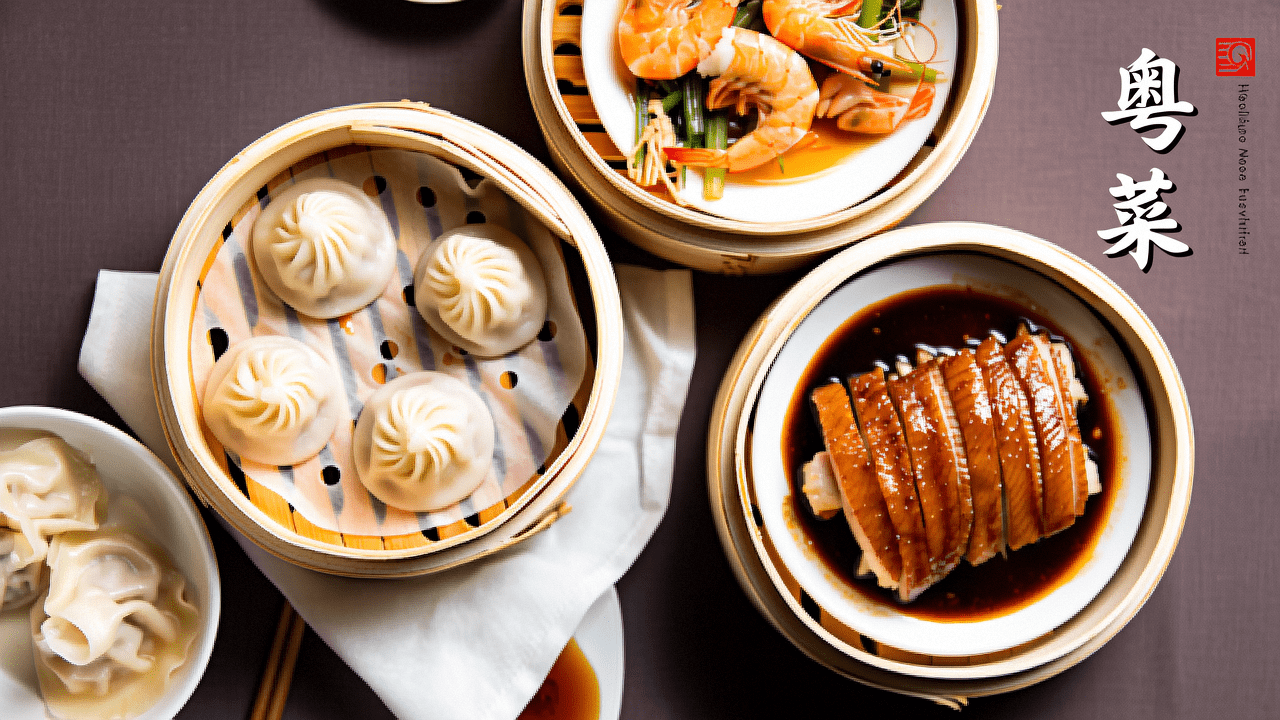
Cantonese Cuisine (粤菜)
Origin: Guangdong Province, Southern China
Emphasizes preserving the natural flavors of ingredients rather than masking them with heavy seasoning. Cantonese cuisine features fresh ingredients, particularly seafood, and employs quick cooking techniques like stir-frying and steaming to maintain the food's natural tenderness and taste.
Key Features:
- Emphasis on fresh ingredients and their natural flavors
- Delicate seasoning that complements rather than overwhelms
- Wide variety of ingredients including exotic items
- Perfect balance of color, aroma, and taste
Famous Dishes:
- Sweet and Sour Ribs (糖醋排骨)
- Dim Sum (点心) - Various small dishes
- White Cut Chicken (白切鸡)
- Steamed Fish with Ginger and Scallion (清蒸鱼)
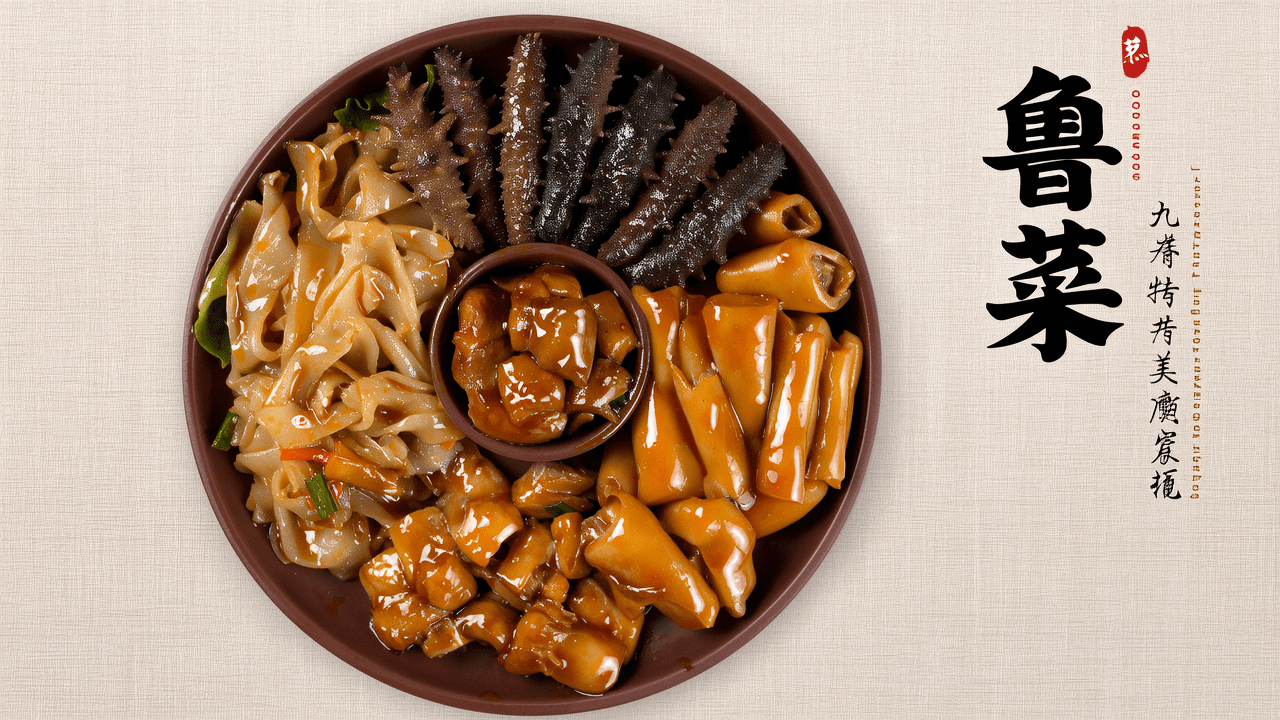
Shandong Cuisine (鲁菜)
Origin: Shandong Province, Eastern China
One of the oldest and most influential culinary traditions in China, Shandong cuisine features bold flavors, emphasis on seafood, and a variety of cooking techniques. The cuisine is characterized by its fresh, salty, crisp, and tender qualities.
Key Features:
- Extensive use of seafood due to coastal location
- Masterful use of soups and broths
- Fragrant and savory dishes with clear taste
- Variety of cooking methods including quick-frying and braising
Famous Dishes:
- Sweet and Sour Carp (糖醋鲤鱼)
- Braised Sea Cucumber (烧海参)
- Dezhou Braised Chicken (德州扒鸡)
- Braised Intestines in Brown Sauce (九转大肠)
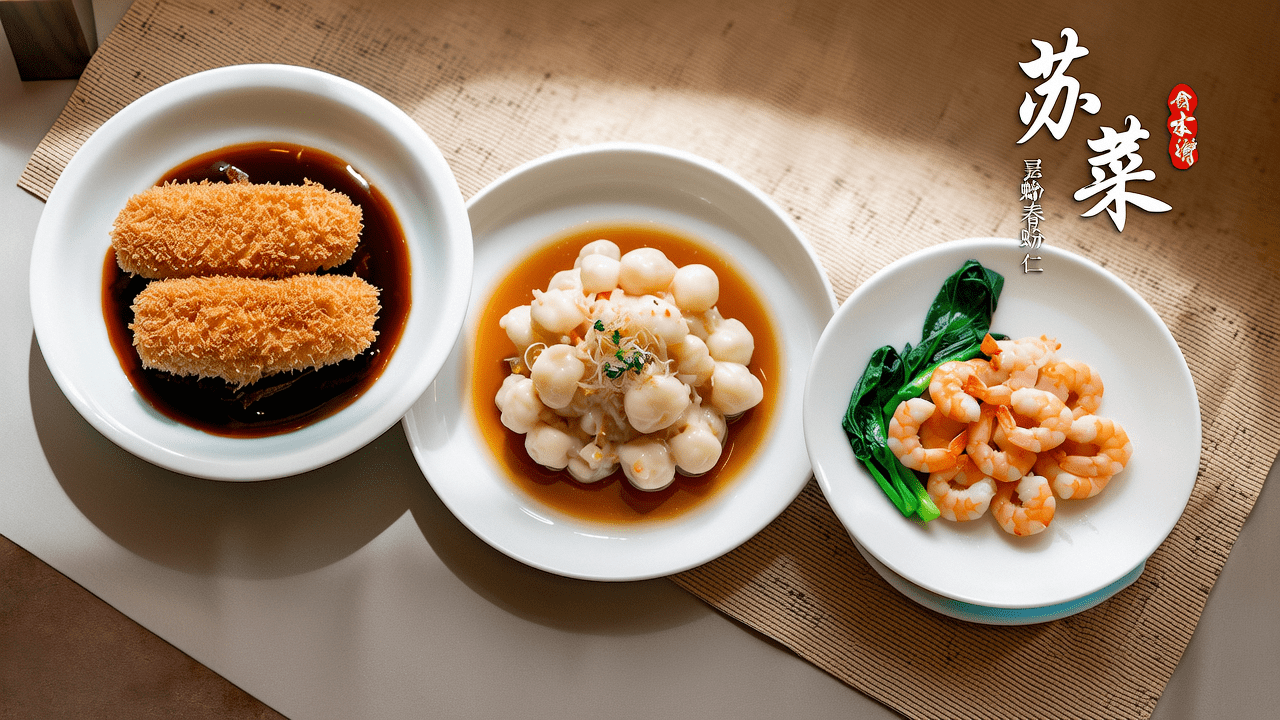
Jiangsu Cuisine (苏菜)
Origin: Jiangsu Province, Eastern China
Jiangsu cuisine is known for its elegant presentation, precise cooking techniques, and emphasis on seasonal ingredients. Its dishes typically feature a soft texture, moderate seasoning, and artistic appearance. This cuisine favors cooking methods that preserve the original flavor and nutrients of ingredients.
Key Features:
- Meticulous and precise knife skills
- Emphasis on artistic presentation and visual appeal
- Soft texture with moderate flavoring
- Strong focus on seasonal ingredients
Famous Dishes:
- Yangzhou Fried Rice (扬州炒饭)
- Braised Meat Balls in Brown Sauce (狮子头)
- Jinling Salted Duck (金陵咸水鸭)
- Sweet and Sour Mandarin Fish (松鼠桂鱼)
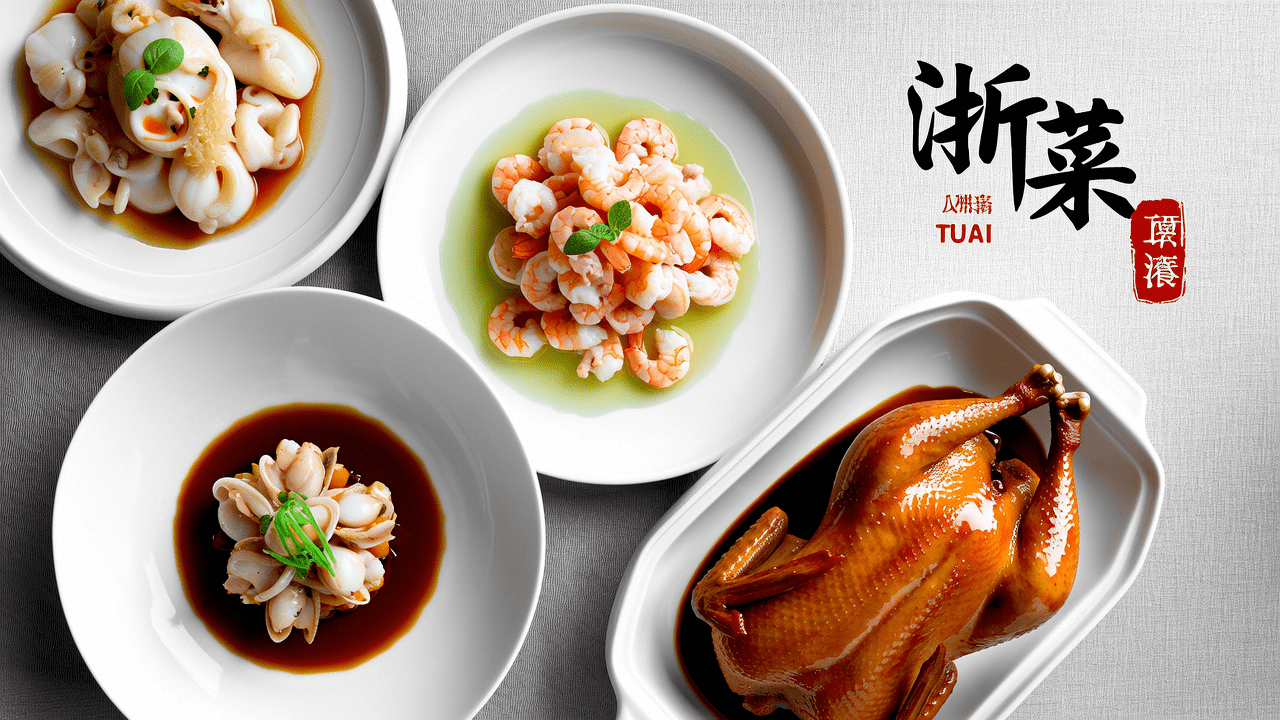
Zhejiang Cuisine (浙菜)
Origin: Zhejiang Province, Eastern China
Zhejiang cuisine emphasizes the freshness of ingredients and a light, clean taste. It features a variety of fresh seafood and bamboo shoots, and is characterized by its tender textures, fresh aromas, and mellow flavors. The cuisine is not greasy and uses minimal seasoning to preserve the natural taste of ingredients.
Key Features:
- Fresh, tender, and crisp textures
- Light and refreshing flavors that are not too salty or sweet
- Emphasis on seasonal seafood and bamboo shoots
- Delicate cooking techniques including quick-frying and steaming
Famous Dishes:
- West Lake Fish in Vinegar Gravy (西湖醋鱼)
- Dongpo Pork (东坡肉)
- Beggar's Chicken (叫花鸡)
- Shrimp with Longjing Tea (龙井虾仁)
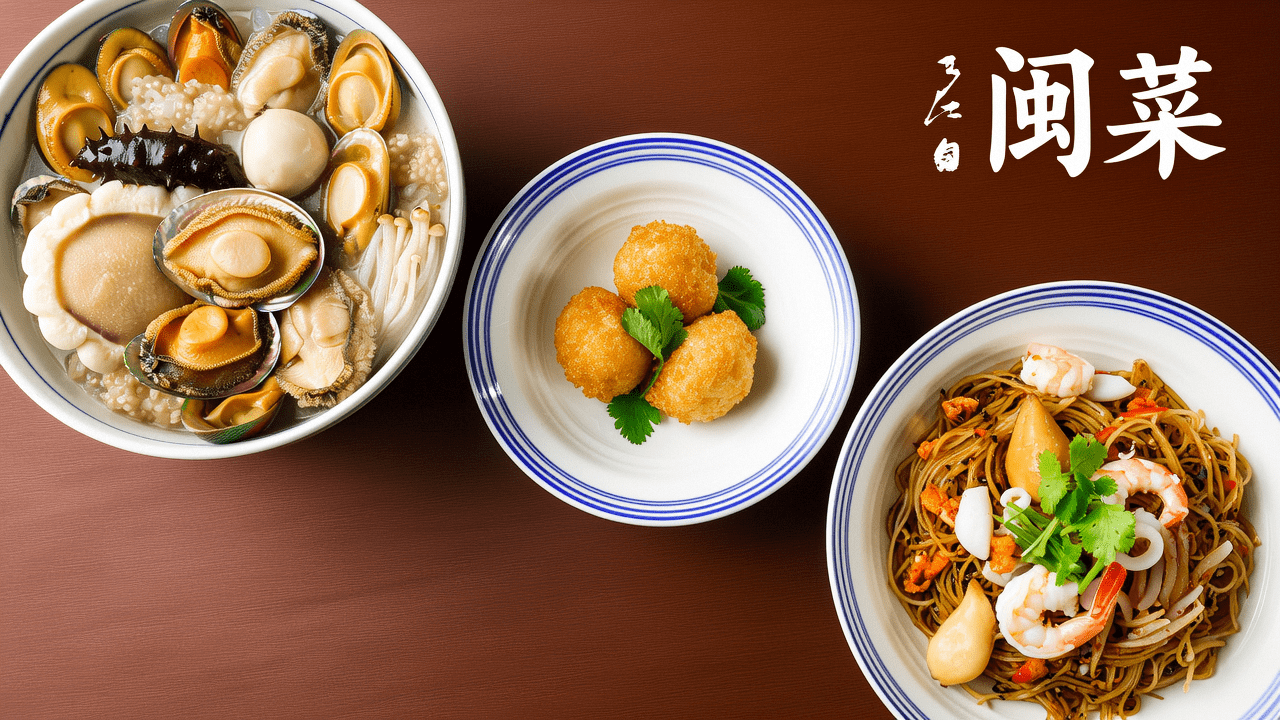
Fujian Cuisine (闽菜)
Origin: Fujian Province, Southeastern China
Fujian cuisine is characterized by its light but flavorful taste with an emphasis on umami and a unique sweet and sour profile. Due to its coastal location, seafood features prominently in this cuisine. Fujian dishes are known for their elaborate preparation, use of soup stocks, and expertise in utilizing local ingredients from the mountains and sea.
Key Features:
- Emphasis on umami (鲜) flavor
- Expert use of soups and broths with complex flavors
- Variety of seafood prepared in unique ways
- Balanced combination of sweet, sour, and savory notes
Famous Dishes:
- Buddha Jumps Over the Wall (佛跳墙) - Luxurious seafood stew
- Litchi Pork (荔枝肉)
- Red Wine Chicken (红酒鸡)
- Oyster Omelette (海蛎煎)
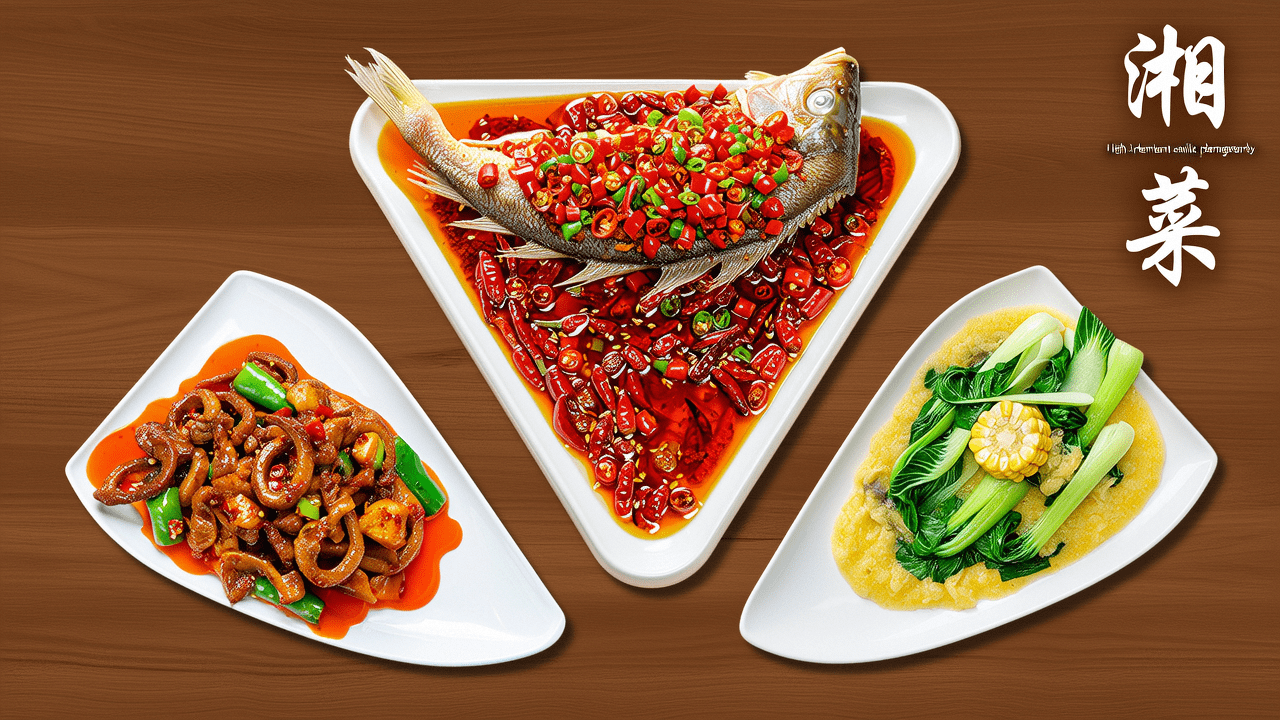
Hunan Cuisine (湘菜)
Origin: Hunan Province, Central China
Hunan cuisine is known for its hot and spicy flavors, fresh aroma, and rich colors. Unlike Sichuan cuisine which has the "numbing" quality, Hunan dishes are purely hot and spicy with a dry heat that comes from generous use of chili peppers, garlic, and shallots. This cuisine features a variety of cooking techniques and a signature sour-spicy taste.
Key Features:
- Bold, pure spiciness without the numbing sensation
- Greater use of fresh chili peppers rather than chili paste
- Distinctive sour-spicy flavor profile
- Abundant use of smoked and cured goods
Famous Dishes:
- Steamed Fish Head with Diced Hot Red Peppers (剁椒鱼头)
- Mao's Braised Pork (毛氏红烧肉)
- Spicy Chicken with Peanuts (辣子鸡)
- Stir-fried Shredded Potatoes (土豆丝)
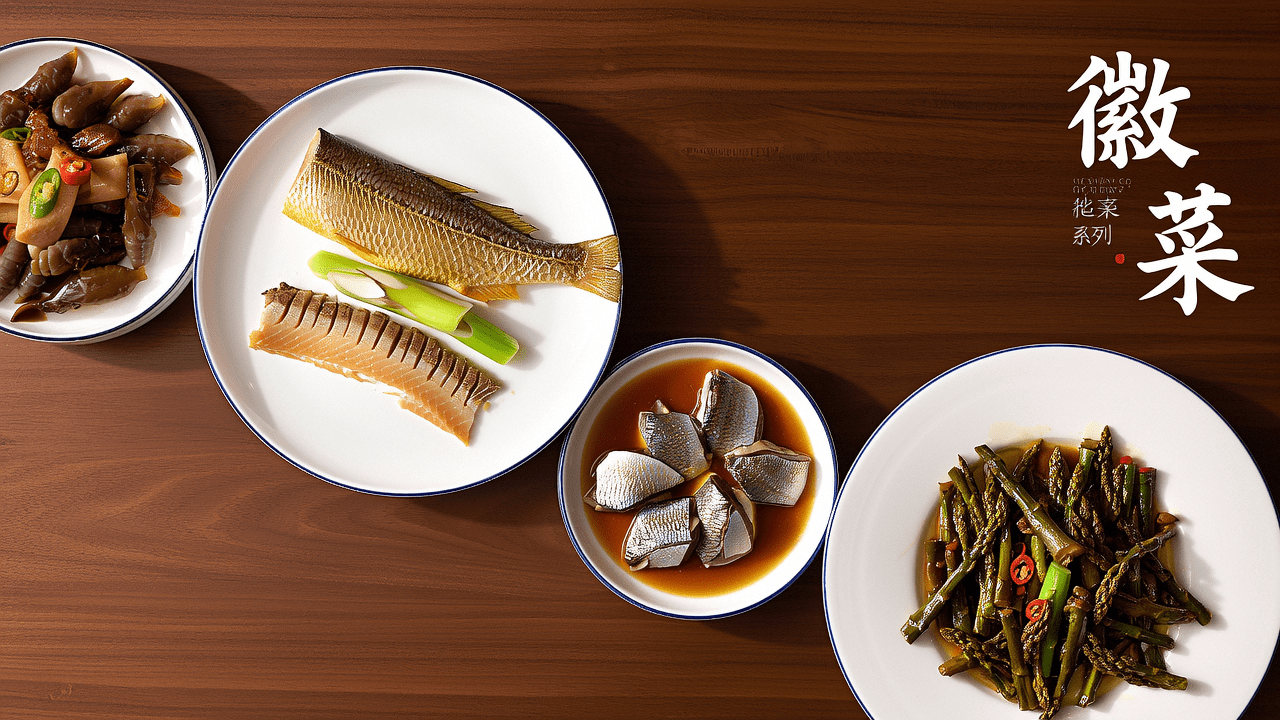
Anhui Cuisine (徽菜)
Origin: Anhui Province, Eastern China
Anhui cuisine draws heavily on the wild herbs and natural ingredients from the mountains and forests of the Anhui region. It emphasizes simple cooking methods that preserve the original flavors of these unique ingredients. Known for its use of wild game and herbs, hearty soups, and braising techniques, Anhui cuisine has a rustic quality that reflects its mountainous origins.
Key Features:
- Emphasis on wild herbs and mountain ingredients
- Simple preparation methods preserving natural flavors
- Skilled use of braising and stewing techniques
- Strong, somewhat gamey flavors compared to other cuisines
Famous Dishes:
- Stewed Soft-Shell Turtle with Ham (砂锅鳖甲)
- Braised Hairy Tofu (毛豆腐)
- Stinky Mandarin Fish (臭鳜鱼)
- Li Hongzhang Hodgepodge (李鸿章杂烩)